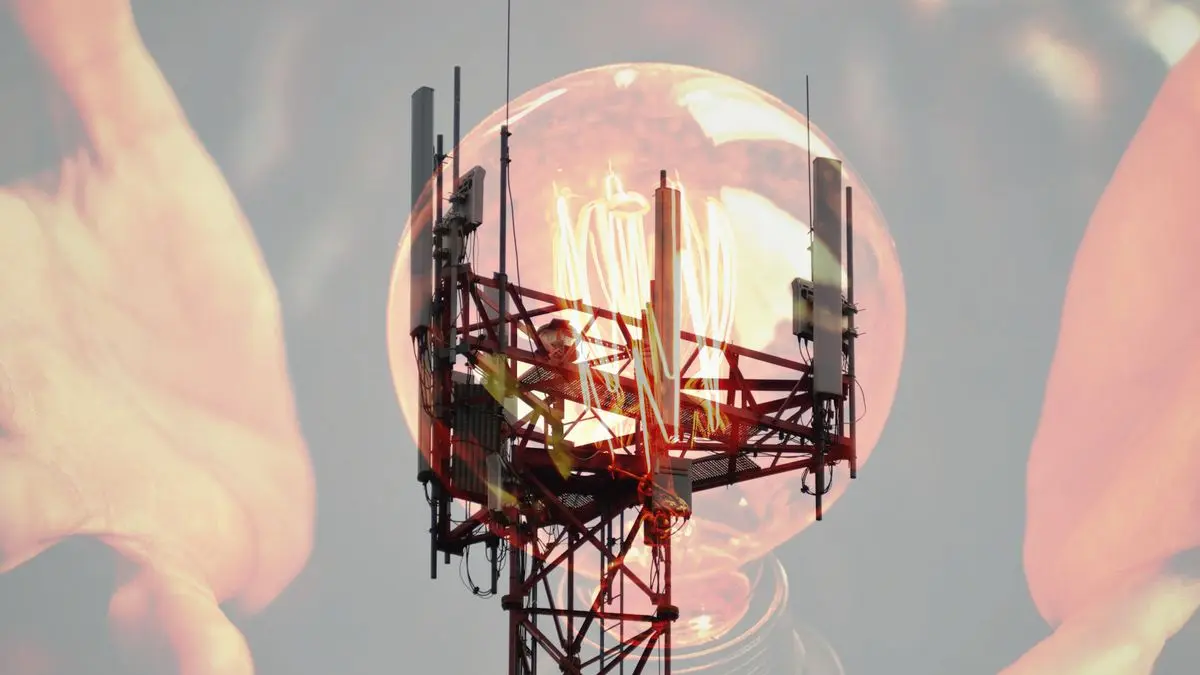This just in, scientists unveil “a loop of wire”
I keed, I keed. Glad to see materials science improving technologies we have for new applications.
Tesla, himself, is giving a gentle thumbs up from his grave.
Ooooohhh can’t wait to see the idiotic conspiracy theories about this…
Also, just more shit for crystal mommies with no scientific literacy to use to try to explain “energy” to me.
deleted by creator
Isn’t this similar to principle behind The Great Seal Bug? I thought we knew blasting RF at a specific receiver can create energy.
Yeah, you can also find “crystal radio” kits — radio receivers that use only the received RF to produce sound (no external power source).
The article talks a lot about their rectifier and im guessing that’s where the ‘breakthrough’ is, but still I feel this is like too many of these articles where its a lot of hype for a little progress.
This is also how passive RFID tags work, the tag harvests just enough energy from the scanning frequency to boot up a microchip and respond with its ID number.
Cool, I can charge my car in just 2,680,000 years.
deleted by creator
Uhm, how is this fundamentally different from a crystal radio? I’ve built this exact concept from a science kit, and this is a concept that’s been proven for decades.
It’s…not. The original press release is typically hype-y, but the part that toms hardware article really mangled is that they didnt find a way to do it, they found a new design for a device to do it.
Did they discover it in online news articles from 6 years ago?
That’s really cool.
Wonder if this can be used to power ZigBee smart sensors. My current battery ones last about 2 years on a coin cell
Do you need to hazardously close to a tower for good stability? Fascinating for the future of wireless power!
It’s almost certainly going to be milliamps or microamps unless you’re inches from something. This isn’t for cellphones and the like but for remote sensors and the like. I also bet they’ll at least have to have a capacitor to store up extra charge for chirping back only sometimes.








